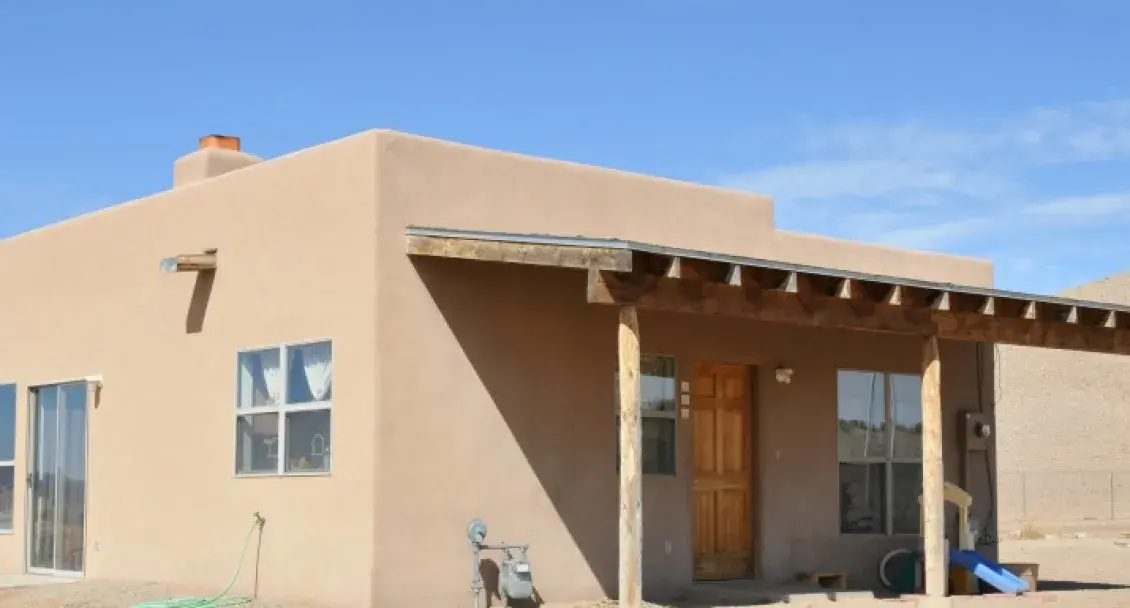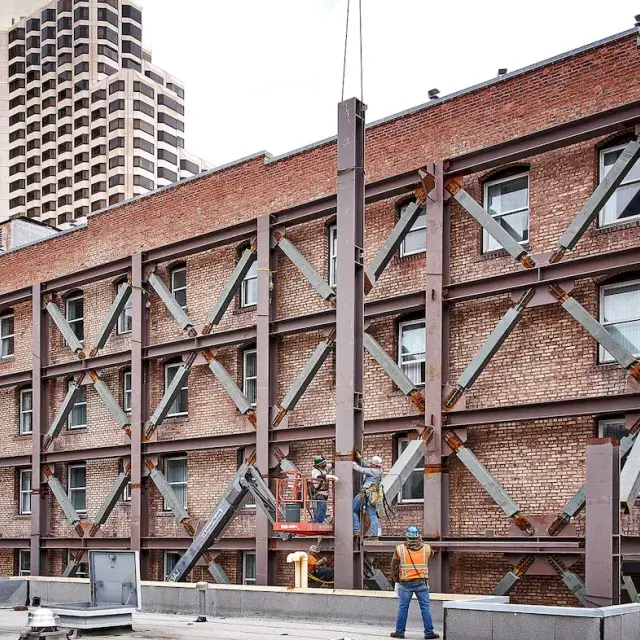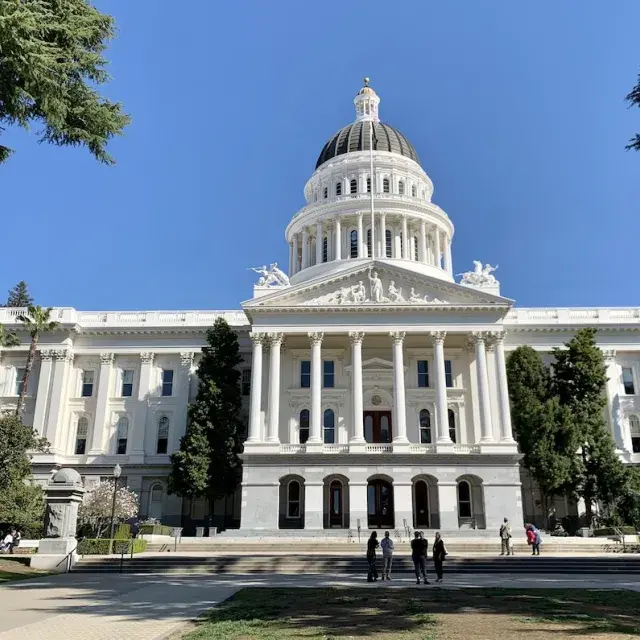This piece is part of our series, Policy Actions for Racial Equity (PARE). The series explores the many ways housing policies contribute to racial disparities in our country.
In South Dakota, the cost of an average appraisal on one of the state’s nine reservations is more than double the average cost of an appraisal in the U.S. At the same time, appraisers in the region — and in other tribal and rural areas — are often forced to travel long distances to remote locations to do their work.
These challenges, which often lead to a smaller pool of appraisers and can create roadblocks for appraisals, are just two of the many factors intensifying inequitable appraisal processes on tribal land. The hurdles stem from the unique complexities of land ownership on tribal lands and often limited access to comparable market data. Additional barriers that affect Native Americans and Alaska Natives living on tribal land and in remote areas include difficulty reaching homes in isolated locations and requirements in the process that can be hard to meet.
While policymakers and housing advocates have recently focused on the appraisal bias that Black, Indigenous, and other People of Color (BIPOC) face when buying properties that are located on “fee-simple” land and purchased with conventional loans, there has been limited discussion about conducting appraisals specifically in tribal communities. Federal actions and strategies to address these barriers include expanded outreach, partnership with tribes and lenders, and support for pilot programs.
Legal Standing of Tribal Trust Land
In the United States, “Indian Country” includes Indian reservations and allotments held in trust by the federal government for tribes and individual Native Americans (“tribal trust land”). It also includes land in Alaska that is held in fee simple ownership by Alaska Native Village Corporations and Alaska Regional Corporations for Alaskan Natives. In the continental U.S., 95% of land in Indian Country – about 56.2 million acres – is tribal trust land and therefore under the auspices of the U.S. government.
This unique legal status makes buying a home on tribal land more complicated. Unlike fee simple land, tribal trust land cannot be sold to any person or entity except the U.S. government, and the value of the property does not include the value of the land. These factors add steps to the appraisal process, making it longer and more challenging to navigate. Appraisal challenges confound lending for prospective homebuyers on tribal trust land even under programs that were specifically designed to ease the home purchasing process, including the HUD Section 184 program, which has an exceptionally low rate of use on trust land.
Boosting the Number of Appraisers
Communities nationwide face an appraiser shortage due in part to the significant costs of appraiser courses and the time-consuming process to obtain a license. People who pursue a license are often lower income, so the cost burden of training is disproportionately higher. What’s more, appraisers are often reluctant to take on the few apprentices who qualify due to concerns about “training the competition.”
Typical appraiser training does not include education on the legal structure of tribal land, which leaves many traditionally trained appraisers with a knowledge gap and unable to conduct accurate appraisals on tribal land. Currently, South Dakota is the only state that offers specific training for appraisals on tribal land.
To help remedy this situation, tribes, Tribally Designated Housing Entities (TDHEs), lenders, and educational institutions could partner with each other to provide specialized financial, training, and apprenticeship support for prospective appraisers who live on tribal trust land. Expanding continuing education options for existing appraisers on the complex legal status of tribal trust land would also be beneficial.
Reaching Remote Homes
Remote forms of appraisal or waived appraisal requirements may assist in lowering costs and reducing processing time. National appraisal boards and coalitions could explore permitting increased use of alternative appraisal techniques such as desktop appraisals, assisted appraisals, temporary waivers of appraisal requirements, and Automated Valuation Models (AVMs) on tribal trust land and in remote areas. These modifications would decrease the cost and required time for prospective homebuyers to get an appraisal.
Continued collaboration between the federal government, professional appraisal associations, and tribes to make the appraisal process easier will increase the number of appraisers eligible to work in Indian Country and allow homeowners to sell their houses more efficiently. Acknowledging and amending the bias in the appraisal process will create a more equitable housing market for tribes and native neighborhoods in the future.
We encourage all who believe in the need to create a just society to read, discuss, and share the PARE blog series as we learn and act to address the impacts of housing policies on racial equity in America. We also invite you to join us in this conversation, by suggesting additional topics and sharing resources for how we can advocate for greater racial equity. If you’d like to offer feedback on our body of work, please reach out to the Public Policy team. You can also subscribe to our daily and bi-weekly policy newsletters for more information on Enterprise’s federal, state, and local policy advocacy and racial equity work.



